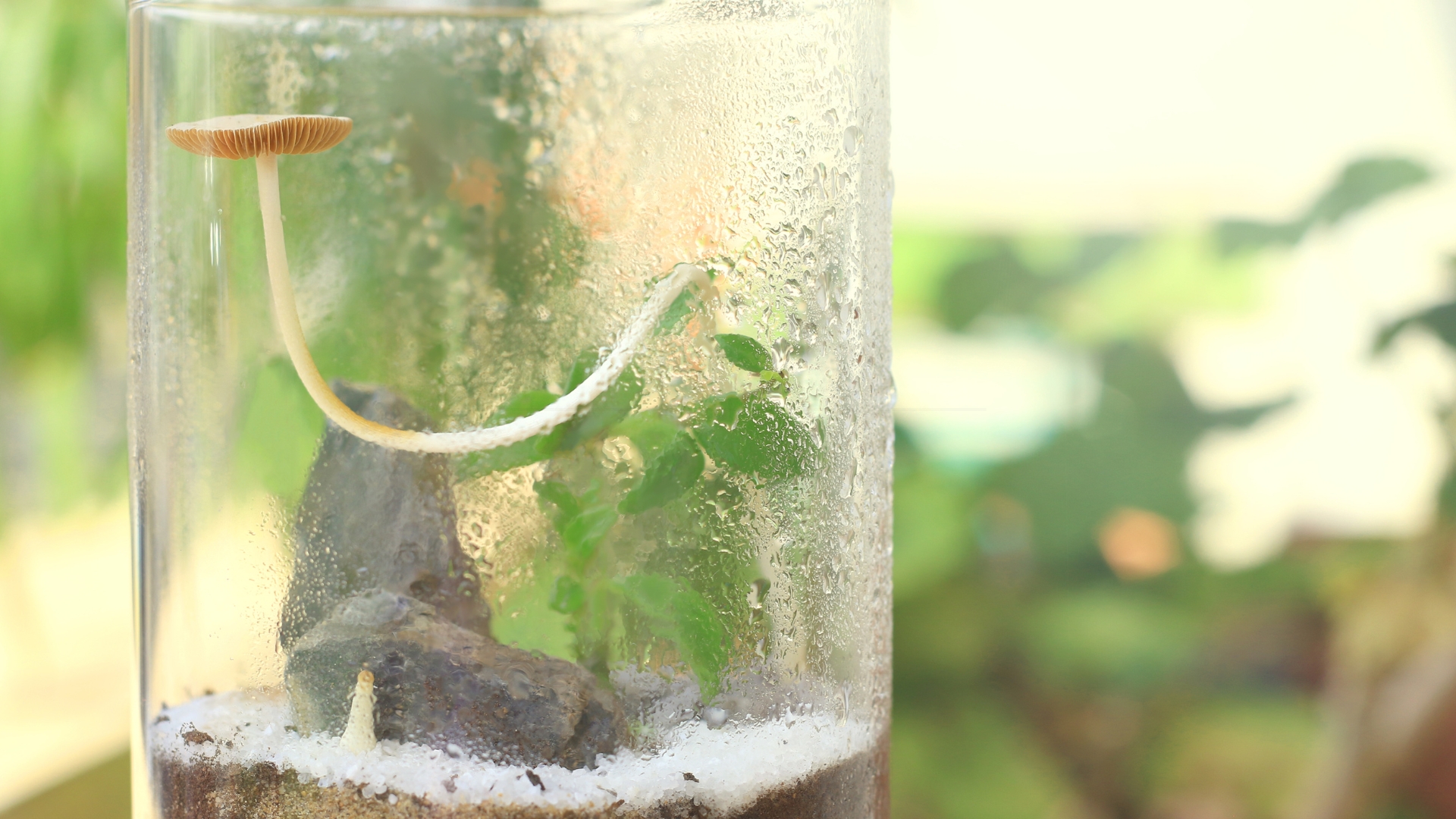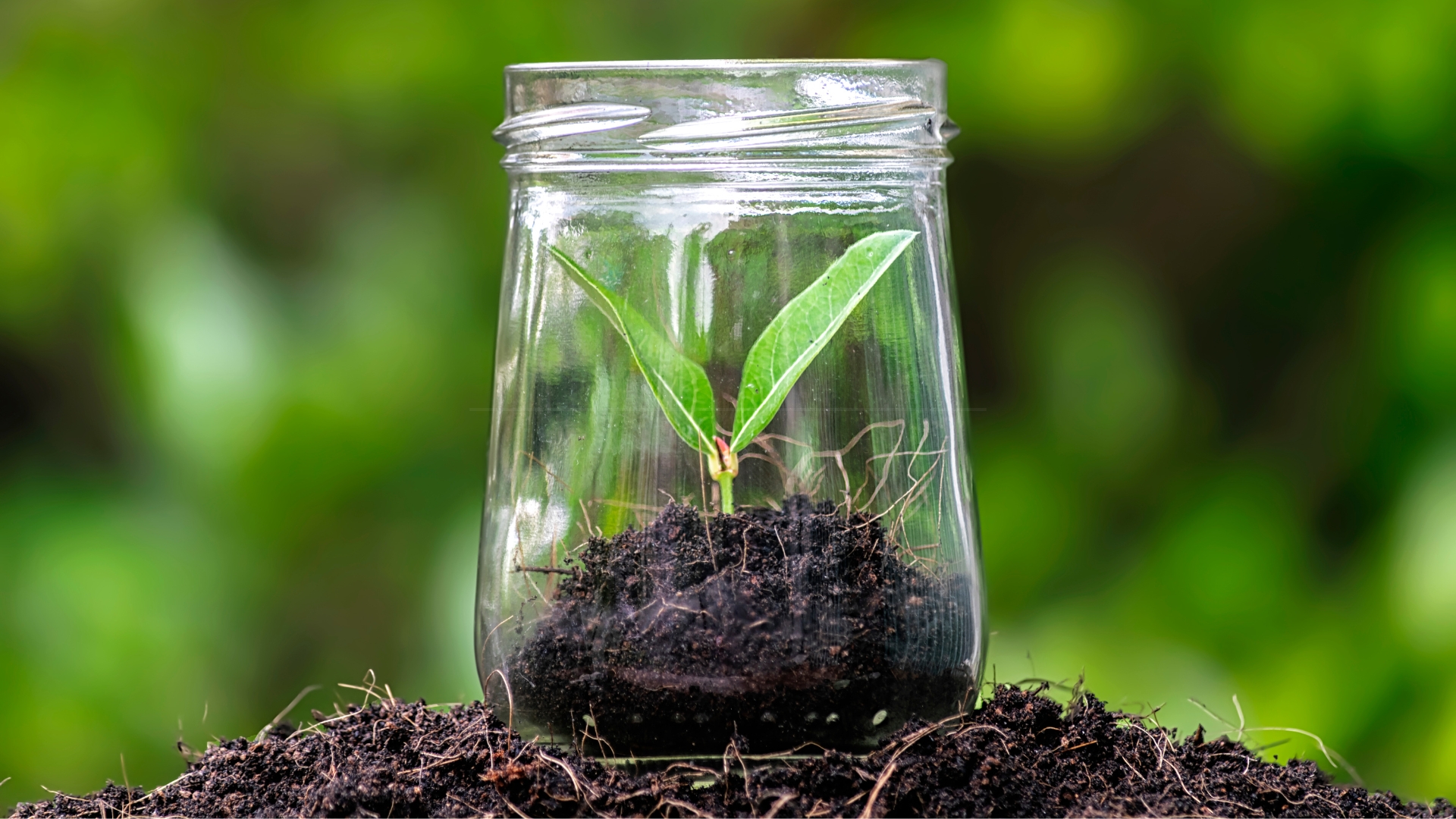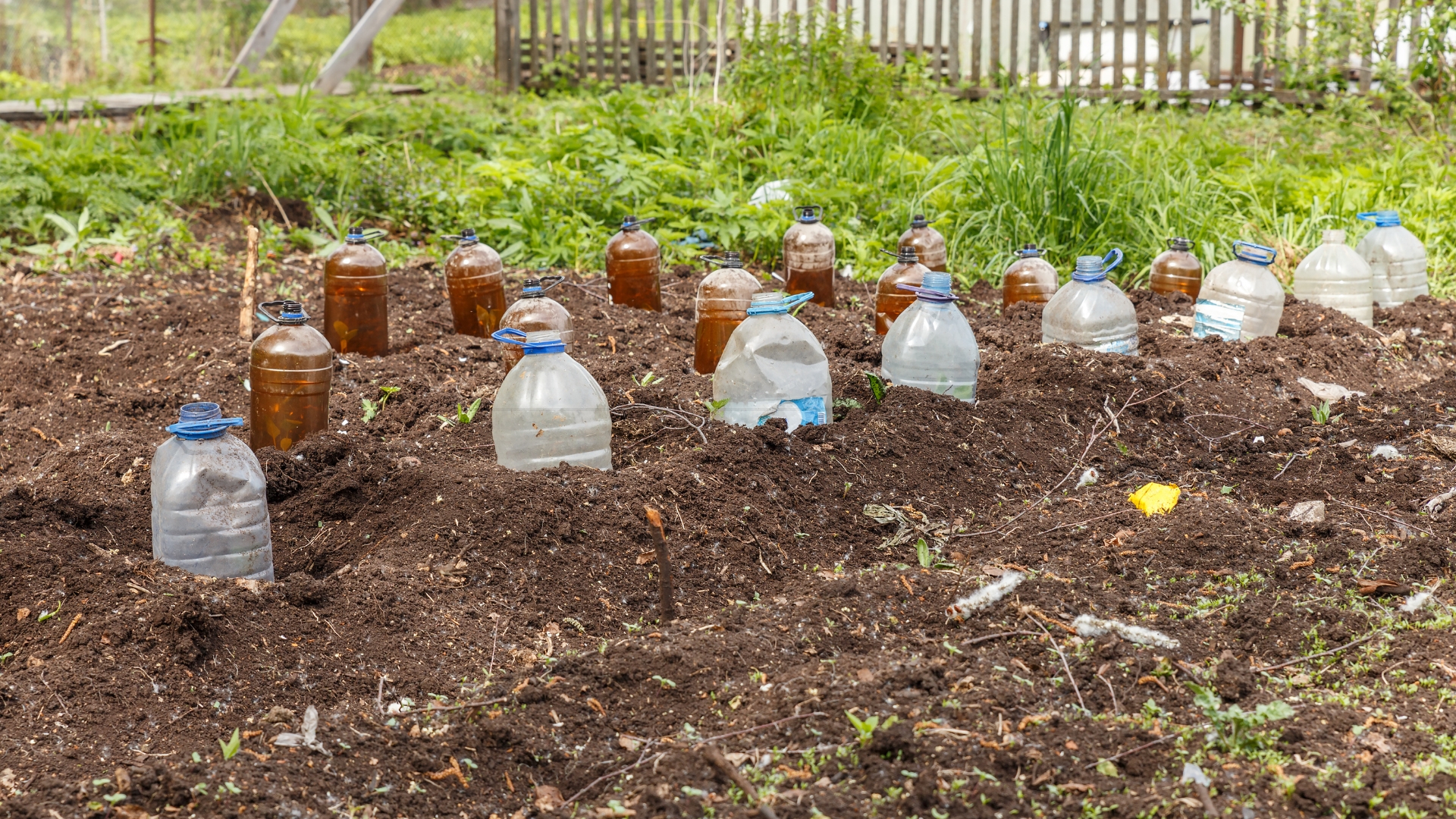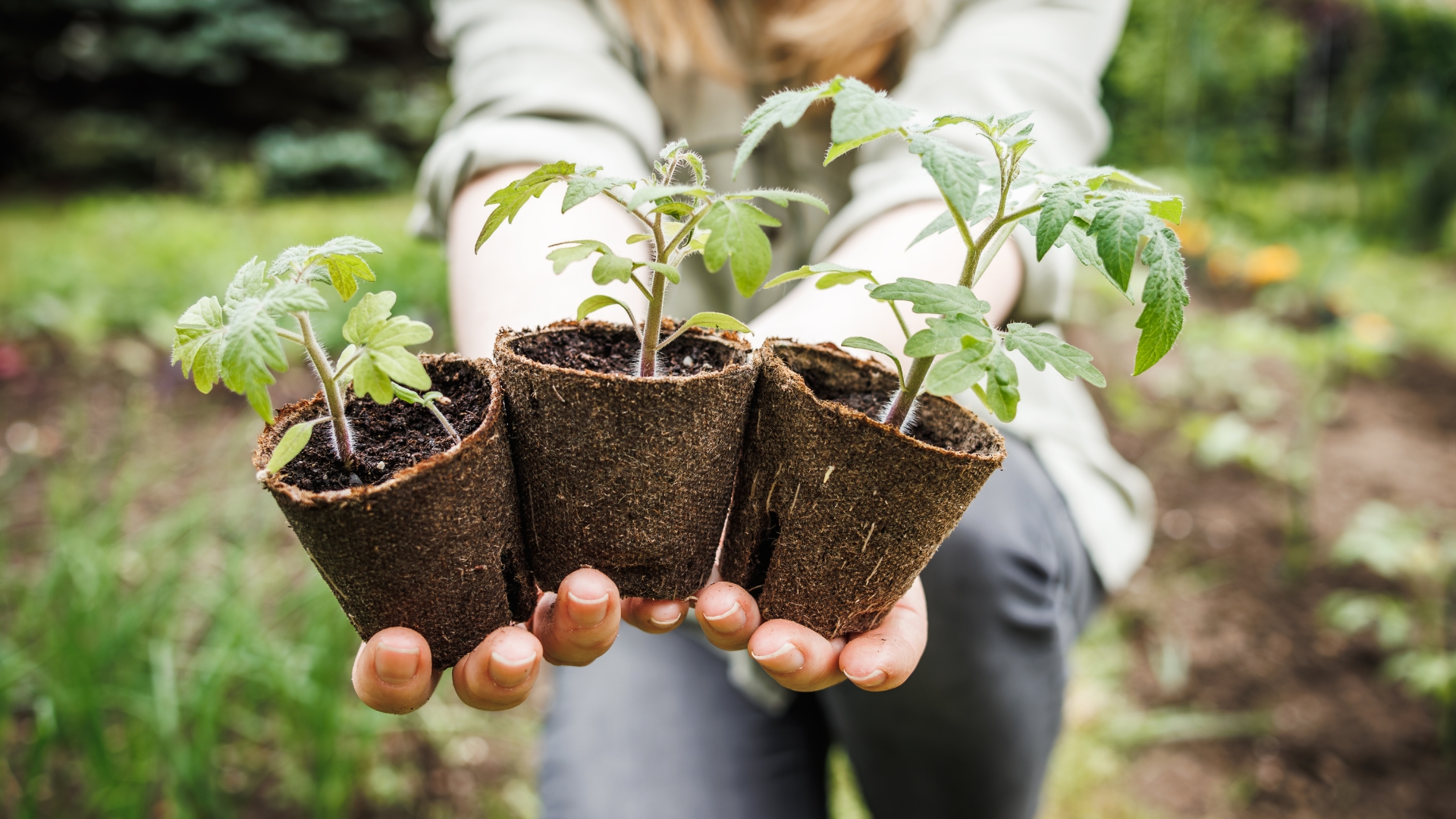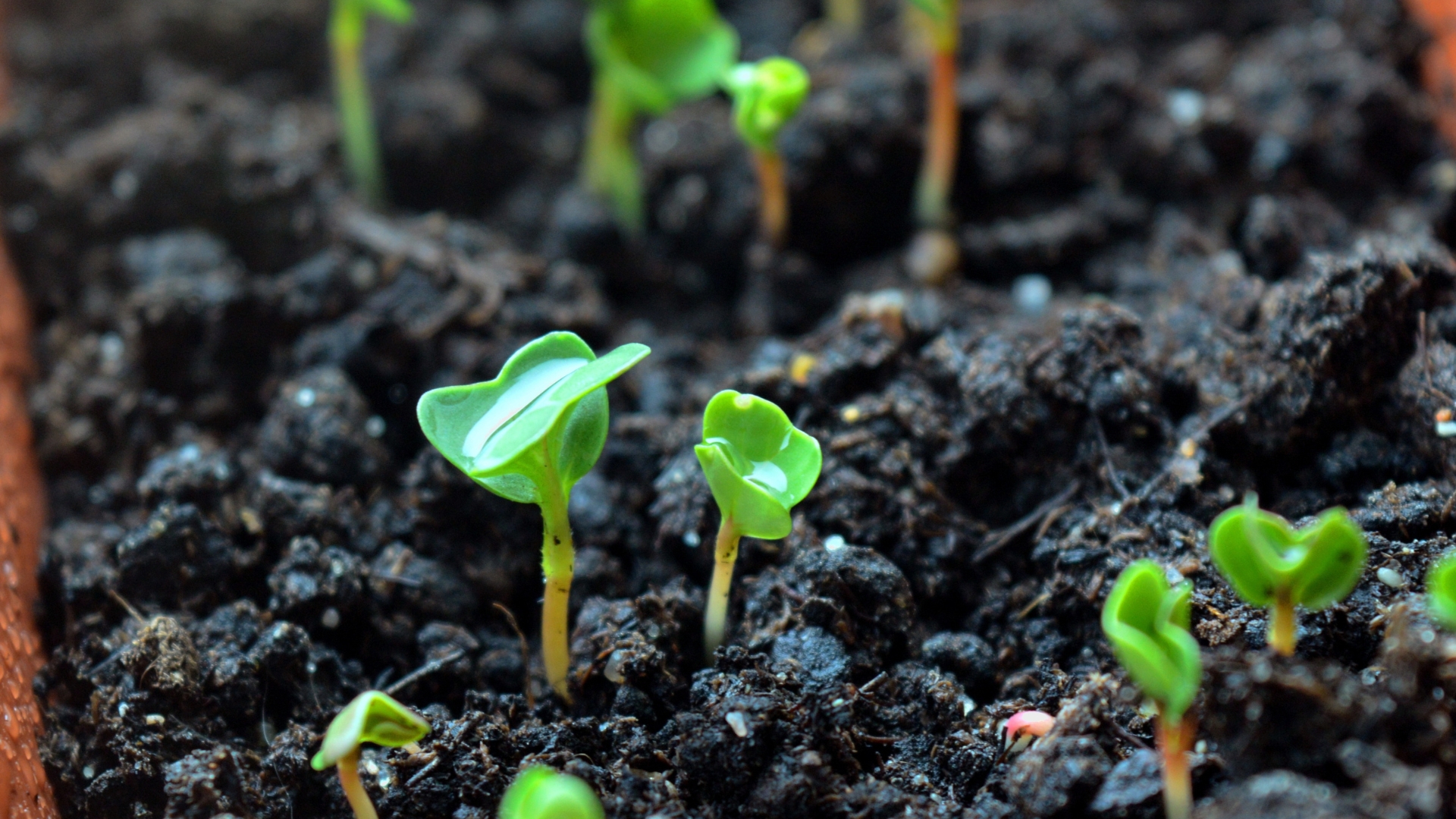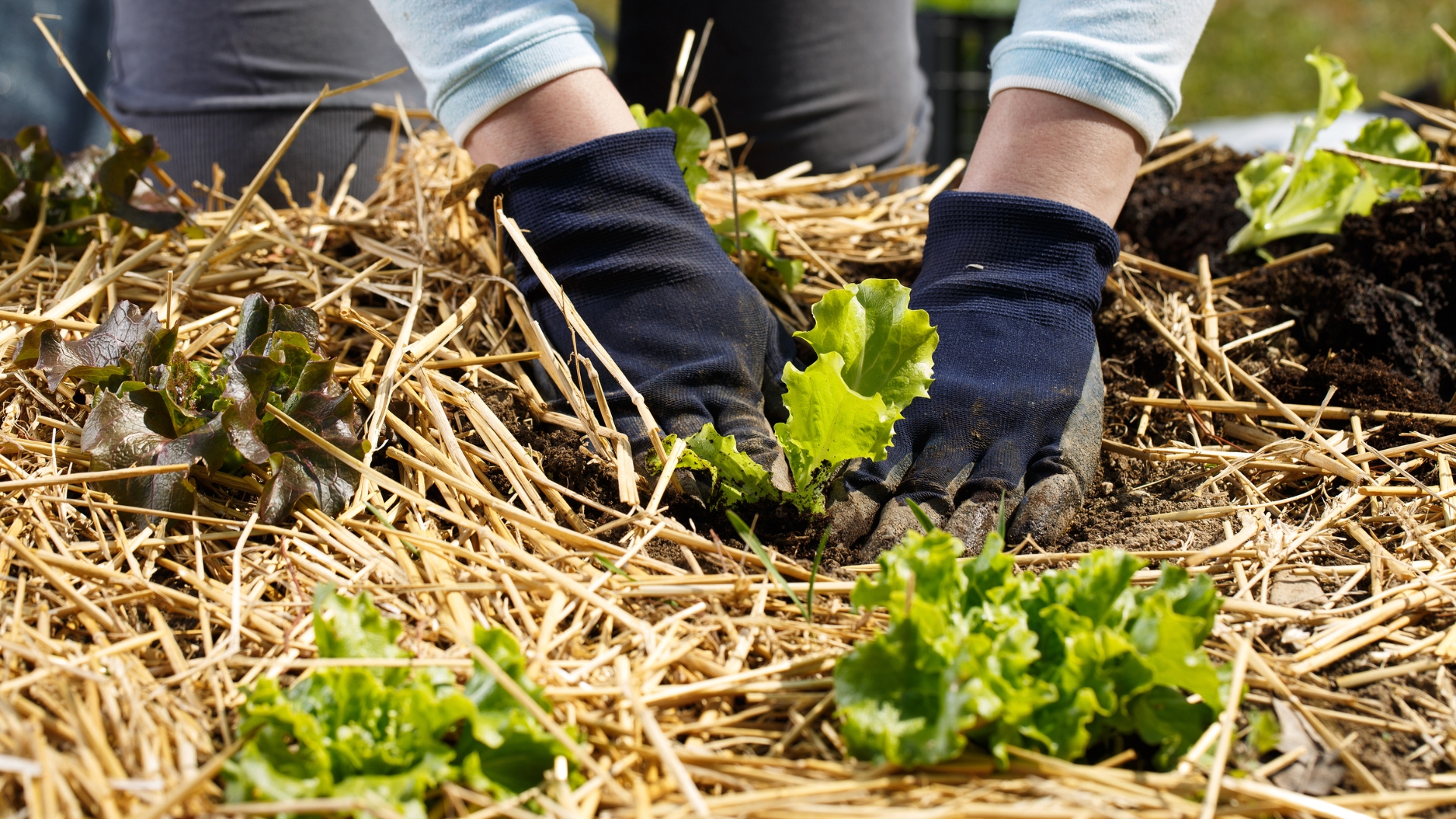I’ve always believed that a gardener sees the world a little differently. Where others see scraps, we see compost.
Where others see weeds, we see wild beauty. And where most see an empty glass jar, I see endless possibilities. Over the years, I’ve found that these simple kitchen staples have a surprising role to play in the garden.
They’re more than just storage—they’re problem solvers, protectors, and unexpected allies. If you’ve been tossing them in the recycling bin, you might just be missing out on one of the most useful little tools in your gardening arsenal.
Glass Jar Can Protect Young Plants!
Young plants are full of promise but incredibly vulnerable. A sudden cold snap, a gusty wind, or a hungry insect can undo weeks of careful tending in a matter of hours. That’s why I started using glass jars as natural protectors.
They act like mini greenhouses, capturing warmth and sheltering delicate seedlings from harsh conditions. When an unexpected frost threatens, I slip jars over my tender sprouts in the evening, and by morning, they’re safe and strong, untouched by the chill.
This simple trick doesn’t just shield against the cold—it also keeps curious pests at bay.
Slugs and insects struggle to reach the plants when a sturdy glass barrier stands in their way.
The key is remembering to lift the jars during the day to prevent overheating, allowing fresh air to circulate. With this method, my seedlings get the protection they need without relying on flimsy plastic covers or costly garden gadgets.
They’re A Way Better Option Than Plastic
For years, I relied on plastic to protect plants, store seeds, and even water my garden. But over time, I noticed the drawbacks—plastic degrades, warps in the sun, and, worst of all, releases harmful chemicals into the soil.
Glass, on the other hand, lasts a lifetime. It doesn’t leach toxins, won’t crumble in the heat, and can be reused year after year without breaking down.
Beyond durability, glass just works better. It traps warmth more effectively, creating a stable environment for plants.
It keeps seeds fresh without introducing moisture like plastic containers sometimes do. Even for watering, a slow-release glass jar system distributes moisture evenly, something plastic often fails to do.
Swapping plastic for glass in my garden was one of the best changes I made—not only for my plants but for the planet, too.
How To Use Glass Jars In Your Garden
Before using a jar, wash it thoroughly with warm, soapy water to remove any dirt, residue, or potential contaminants. If it has a label, peeling it off or scrubbing away any adhesive ensures better visibility of your plants inside.
When using jars to shield seedlings from frost, wind, or pests, first clear away any mulch from around the base of the plant to expose bare soil.
Then, gently press the jar (without the lid) into the ground, rotating it slightly as you push down to create a snug fit. This helps stabilize the jar and provides an enclosed, greenhouse-like environment for the seedling.
Ensure the jar is tall and wide enough to allow room for growth—plants need space to thrive within their protective dome. In the morning, remove the jar or tilt it slightly to allow ventilation, preventing excessive heat buildup.
Pay Attention To This!
As useful as glass jars are, they require a bit of care to use effectively. When using them as plant covers, it’s important to remove them during the day to avoid trapping too much heat.
If left on too long in the sun, they can act like magnifying glasses, intensifying the rays and potentially scorching leaves.
Another key tip? If you’re using jars for watering, be mindful of placement. Pressing them too deep into the soil can block water flow, while positioning them too loosely may cause them to drain too quickly.
A little trial and error will help you find the sweet spot. Lastly, always clean jars thoroughly before repurposing them, especially if they previously held food—any residue left inside could attract unwanted garden visitors.
Protect Your Plants By Combining More Methods
While glass jars work wonders for protecting plants from frost, they become even more effective when combined with other warming techniques.
A simple jar cover traps heat close to young seedlings, but adding a layer of mulch around the base helps insulate the soil, keeping roots warmer for longer.
For extra protection on especially cold nights, surrounding plants with stones or bricks can help absorb sunlight during the day and slowly release warmth overnight.
This combination creates a more stable environment, preventing sudden temperature drops from shocking delicate plants.
When an extended cold spell is in the forecast, grouping jar-covered plants together or placing them near a south-facing wall can amplify their warmth-retaining benefits.
Who knew a simple glass jar could be such a game-changer in the garden? With a little creativity, these everyday items go from kitchen leftovers to garden essentials, proving that the best tools are often the ones you already have.

